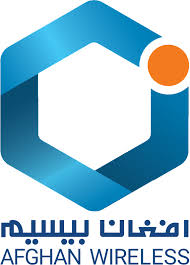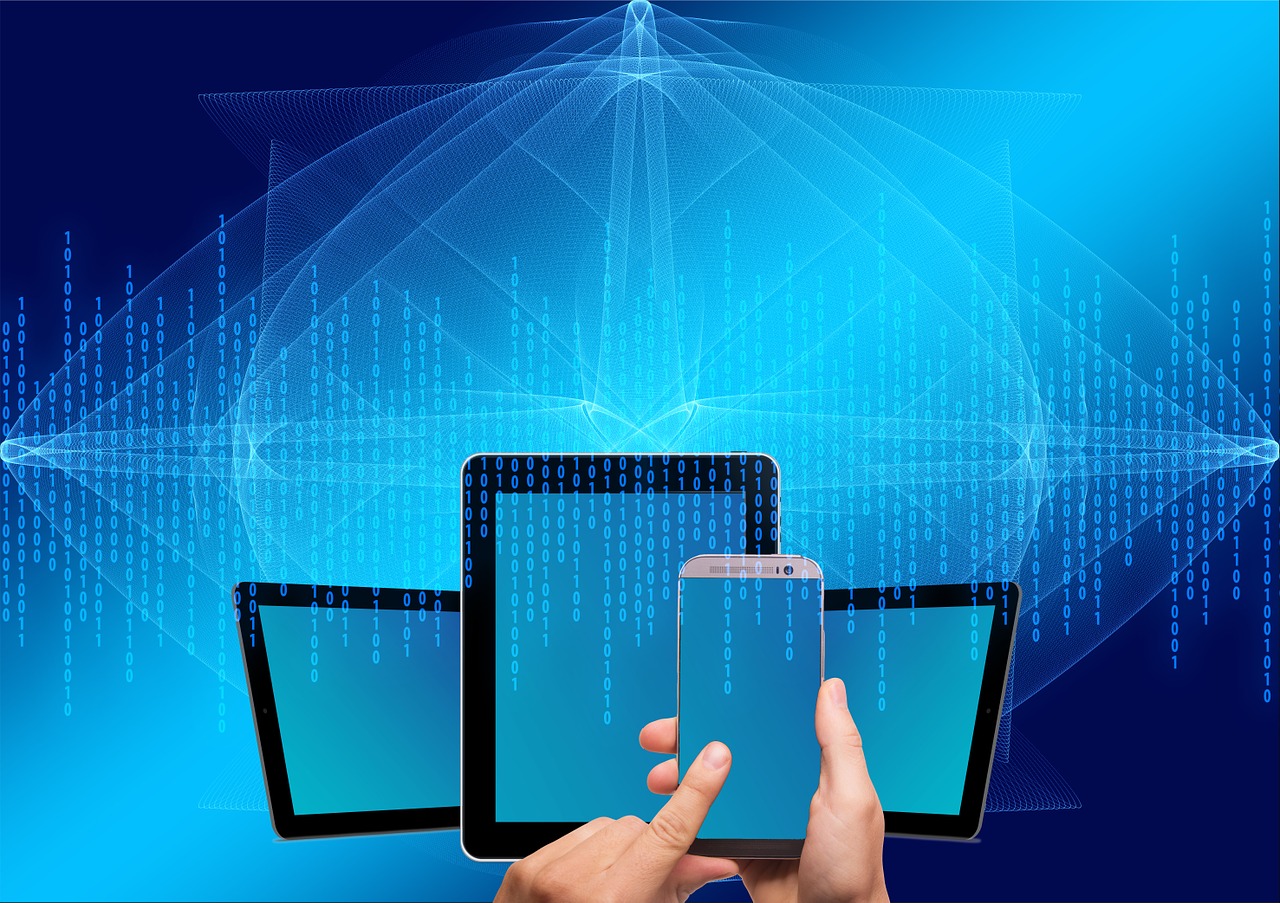 The growth of mobile money is changing the lives of people all over Afghanistan. With the launch of mobile banking and financial services like the My Money program from Afghan Wireless, Afghans can now quickly and easily send money to family members in other parts of the country, pay merchants for goods and services, and receive wages or salary payments; all without needing to have a traditional bank account or a high level of conventional financial literacy.
The growth of mobile money is changing the lives of people all over Afghanistan. With the launch of mobile banking and financial services like the My Money program from Afghan Wireless, Afghans can now quickly and easily send money to family members in other parts of the country, pay merchants for goods and services, and receive wages or salary payments; all without needing to have a traditional bank account or a high level of conventional financial literacy.
But while essential services like these are certainly transformative in their own right, they represent just the beginning of what mobile money can do. As a system, mobile money holds huge promise for powering significant change in emerging economies through a host of innovative uses. Read on for a look at seven groundbreaking ways that people are using mobile money to improve financial inclusion and drive transformation throughout the developing world.
-
(Nearly) cashless branches
In rural or remote areas, geography has long been one of the biggest barriers to access to financial services; traveling for hours or even days to reach a bank is simply out of the question for many residents of isolated communities. Mobile money can change this by digitizing most client and staff services in remote regions. This way, a customer’s mobile phone becomes a virtual bank branch, where they can not only perform essential financial actions, they can also access broader support, services, and information connected to their overall financial health and literacy.
-
Mobile micro-insurance
Micro-loans are becoming an extremely popular way for people in developing countries to launch or boost businesses and help support their households and local economies. However, the very people who rely on micro-loans are often the people most at risk for defaulting on their loans should the unexpected occur. Poorer households and families typically lack any kind of formal financial safety net and are therefore highly vulnerable to shocks like accidents or death. But with mobile money comes the potential for mobile micro-insurance. Because low-cost micro-insurance policies are designed especially for the needs of micro-borrowers and their families, people can purchase them through mobile money when they obtain a loan. In this way, micro-insurance policies provide important security for borrowers and lenders alike.
-
Flexible school fee payments
 Education is widely recognized as one of the most important factors in helping shape both a child’s life and a country’s development, but for many low-income parents, paying school fees on a regular monthly basis can be a challenge. To address this, more and more schools in emerging economies are implementing flexible mobile money payment schemes. Under these plans, parents and families can make payments to the school whenever they have money available; in addition, the use of mobile money also provides assurance that payments reach the school safely and securely.
Education is widely recognized as one of the most important factors in helping shape both a child’s life and a country’s development, but for many low-income parents, paying school fees on a regular monthly basis can be a challenge. To address this, more and more schools in emerging economies are implementing flexible mobile money payment schemes. Under these plans, parents and families can make payments to the school whenever they have money available; in addition, the use of mobile money also provides assurance that payments reach the school safely and securely.
-
Savings for youth and adolescents
Introducing young people early on to important financial habits like saving is one of the best ways to help build lifelong financial awareness and promote good financial health. And while all kinds of factors might prevent adolescents in developing economies from having a bank account, mobile money can stand in as an effective savings alternative, making it both easy and fun for young people to save money securely via their mobile phones and kick off a long-term savings habit.
-
Mobile payments for community health and support workers
Many thousands of workers provide vital basic health and support services to remote or isolated communities, but physical and logistical barriers can often make it difficult to ensure that cash honorariums and incentives intended for these workers reach their destination safely. Mobile money is proving to be a far more convenient and efficient way to disburse these payments; it’s easier and more secure for the workers, and it also provides a greater level of transparency for the organizations handling the payments.
-
Post-disaster digital relief
Natural or other disasters can hit developing countries particularly hard, like the earthquake that rocked northern Afghanistan in October 2015. In the aftermath of such events, those affected need to be able to access relief efforts as soon as possible. To facilitate this, many relief organizations are turning to mobile money as a way of helping make sure that vulnerable people get the help they need right away. For example, under some programs, people affected by a disaster receive a code via SMS that they can bring to a local business, where they will receive pre-determined relief goods. Relief organizations can then reimburse store owners for the value of those goods using mobile money payments.
-
Mobile disaster relief funds
Mobile money also offers other residents of a country affected by disaster an easy and secure way to provide help and support to those most affected. While mobilizing traditional funds can be difficult in the wake of a catastrophe, sending relief donations via mobile phones is a fast and effective way for local people to support their fellow citizens in need.

